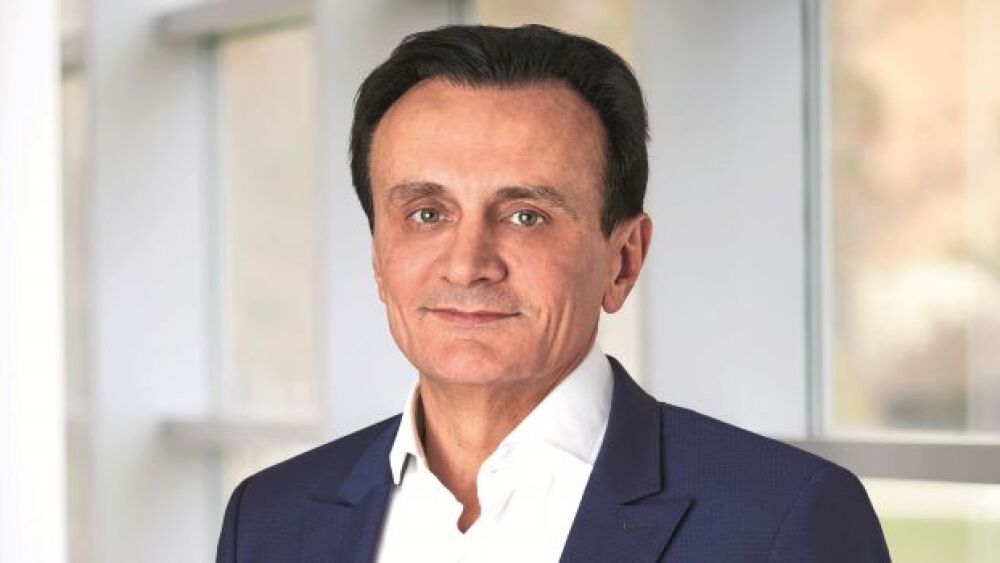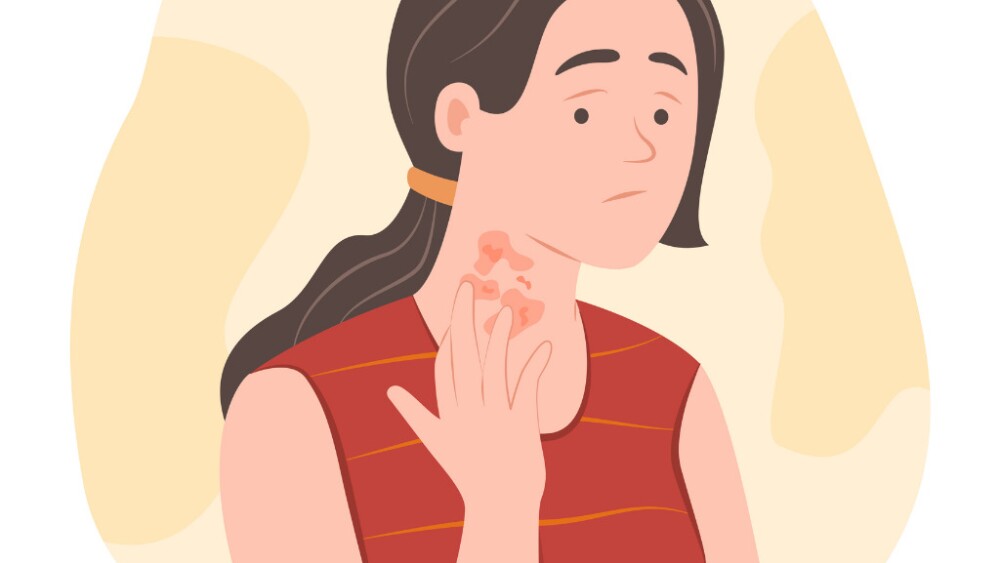AstraZeneca and the University of Oxford announced results from an interim analysis of their COVID-19 vaccine, AZD1222. The analysis was from the trials in the UK and Brazil and demonstrated efficacy of up to 90%.
Pascal Soriot, CEO of AstraZeneca, pictured above. Photo courtesy of AstraZeneca.
As the Pfizer and BioNTech COVID-19 vaccine goes to regulators and the Moderna vaccine approaches the end of its Phase III trials, AstraZeneca and the University of Oxford announced high-level results from an interim analysis of their COVID-19 vaccine, AZD1222. The analysis was from the trials in the UK and Brazil and demonstrated efficacy of up to 90%.
The vaccine was effective at preventing COVID-19, with no hospitalizations or severe cases in people receiving it. There were a total of 131 COVID-19 positive cases in the interim analysis group. One dosing regimen was given at a half dose and demonstrated 90% efficacy, followed by a full dose at least one month apart. Another dosing regimen demonstrated 62% efficacy when given two full doses at least one month apart. The combined analysis showed average efficacy of 70%.
This appears to be lower than the Pfizer-BioNTech and Moderna vaccines, which both demonstrated about 95% efficacy, although none of the vaccines are being compared to each other in trials. There were no serious adverse safety events.
AstraZeneca indicates it will prepare regulatory submissions to regulators globally that have a framework for conditional or early approval. It plans to apply for an Emergency Use Listing from the World Health Organization for an accelerated pathway in low-income countries. Full analysis of the data is also being submitted to a peer-reviewed journal.
This opens the possibility of having three safe and effective vaccines on the market under emergency use authorization in the coming weeks, which will help with broader distribution and accessibility. About 40% of the AstraZeneca-Oxford vaccine is committed to lower- and middle-income countries.
“These findings show that we have an effective vaccine that will save many lives,” said Andrew Pollard, chief investigator of the Oxford Vaccine Trial at Oxford. “Excitingly, we’ve found that one of our dosing regimens may be around 90% effective and if this dosing regime is used, more people could be vaccinated with planned vaccine supply. Today’s announcement is only possible thanks to the many volunteers in our trial, and the hard-working and talented team of researchers based around the world.”
About 23,000 volunteers are being evaluated in the COV003 Phase III trial in Brazil and the COOV002 Phase II/III trial in the UK. They are evaluating volunteers aged 18 years or older with diverse racial and geographic groups of health people or who have stable underlying medical conditions. Trials are also being run in the U.S., Japan, Russia, South Africa, Kenya and Latin America, with additional trials planned in other European and Asian countries. AstraZeneca and the University of Oxford expect to enroll up to 60,000 volunteers globally.
They believe they will have a capacity of up to 3 billion doses in 2021 on a rolling basis, pending regulatory approval. Unlike the Pfizer-BioNTech vaccine, which requires extremely low temperatures, the AstraZeneca vaccine can be stored, transported and handled at normal refrigerated conditions, about 36-46 degrees F for at least six months and administered within existing healthcare settings.
The Moderna vaccine can remain stable at about the home refrigeration standard for about 30 days and up to six months at -4 degrees F. The Pfizer-BioNTech vaccine requires storage at about -94 degrees F, which requires specialized freezers. The ultra-cold storage needed for the Pfizer-BioNTech product is not unprecedented. Debra Kristensen, who has worked in vaccine innovation and supply chains at PATH, an international public health nonprofit, for thirty years, told NPR, “I believe it can be done. Ebola vaccine, for example, was successfully used in a few African countries and also required this ultra-cold chain storage.”
Distributing the vaccine under ultra-cold chain storage conditions, she said, “is possible, but it’s definitely going to be much more expensive and more difficult.”
Pfizer has designed its own packaging using dry ice that can be stored for weeks without the specialized freezers.
Both the Pfizer-BioNTech and Moderna vaccines utilize mRNA technology. They use mRNA that codes for the spike protein in the SARS-CoV-2 virus, which is embedded in a nanolipid particle—basically a minuscule fat molecule. When injected into the body, cells churn out the spike protein, which causes the body’s immune system to recognize the virus.
The AstraZeneca and University of Oxford’s vaccine uses technology from an Oxford spinout company, Vaccitech. It deploys a replication-deficient chimpanzee viral vector based on a weakened version of a common cold virus (adenovirus) that causes infections in chimpanzees. It contains the genetic materials of the spike protein. After vaccination, the cells produce the spike protein, stimulating the immune system to attack the SARS-CoV-2 virus. Basically, all three vaccines use genetic material to code for the spike protein of the SARS-CoV-2 virus, but both Pfizer-BioNTech and Moderna use nanolipid particles as vectors to get the genetic material into the cells, while the AstraZeneca-Oxford group uses an adenovirus vector similar to what is used in gene therapy.
Featured Jobs on BioSpace





